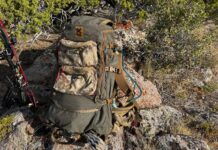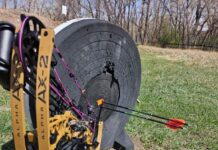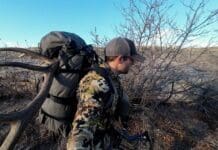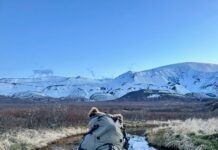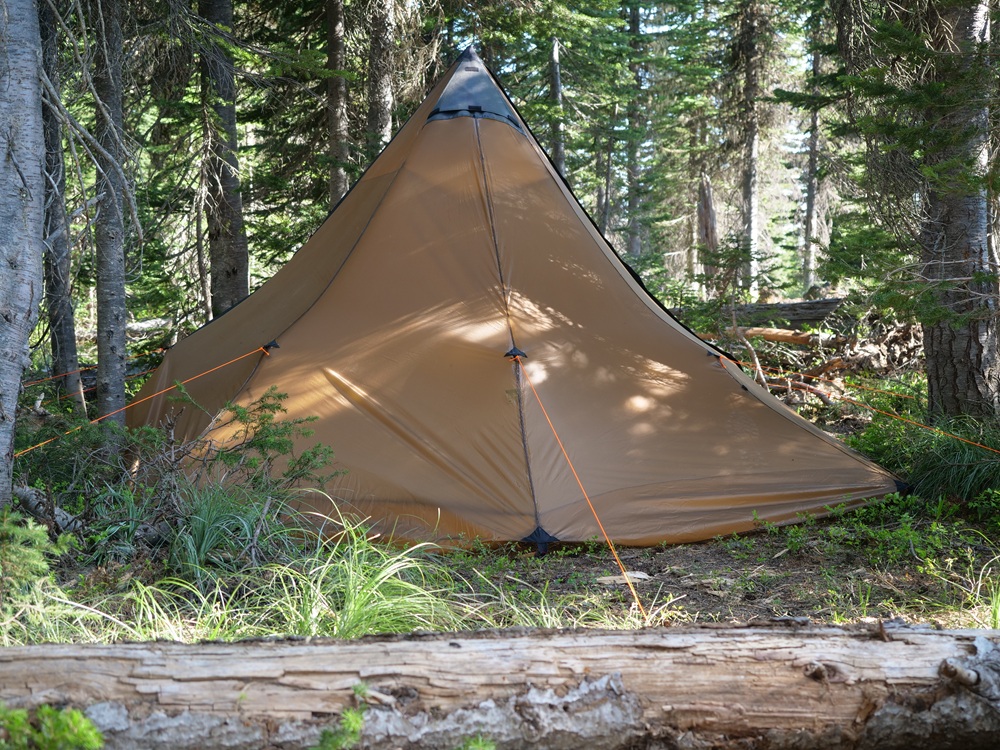
The Seek Outside Cimarron and Redcliff tents have been extremely popular among the backpack hunting crowd for nearly a decade. My first experience with the original Cimarron was in 2017, when I was comparing various mid-style shelters for a Rokslide article. https://www.rokslide.com/review-floorless-pyramid-shootout/ It performed very well in the shootout, although it missed a few features that could improve its performance. I have also used the 6-person Redcliff shelter numerous times in late season and always thought a few additions to the shelter would make it shine in the wet and cold conditions.
Seek Outside’s 2.0 shelter models, introduced this spring, feature several enhancements designed to increase stability and comfort. Below are the shelter updates and their performance in use this spring and summer.
Cimarron 2.0
- Updated pattern to improve the pitch and minimize wind flap.
- A total of 10 sewn-in guy-out points; an increase from 2 on the original tent.
- Sewn-in accessory loops in the walls for adding an optional half liner or a bathtub floor insert.
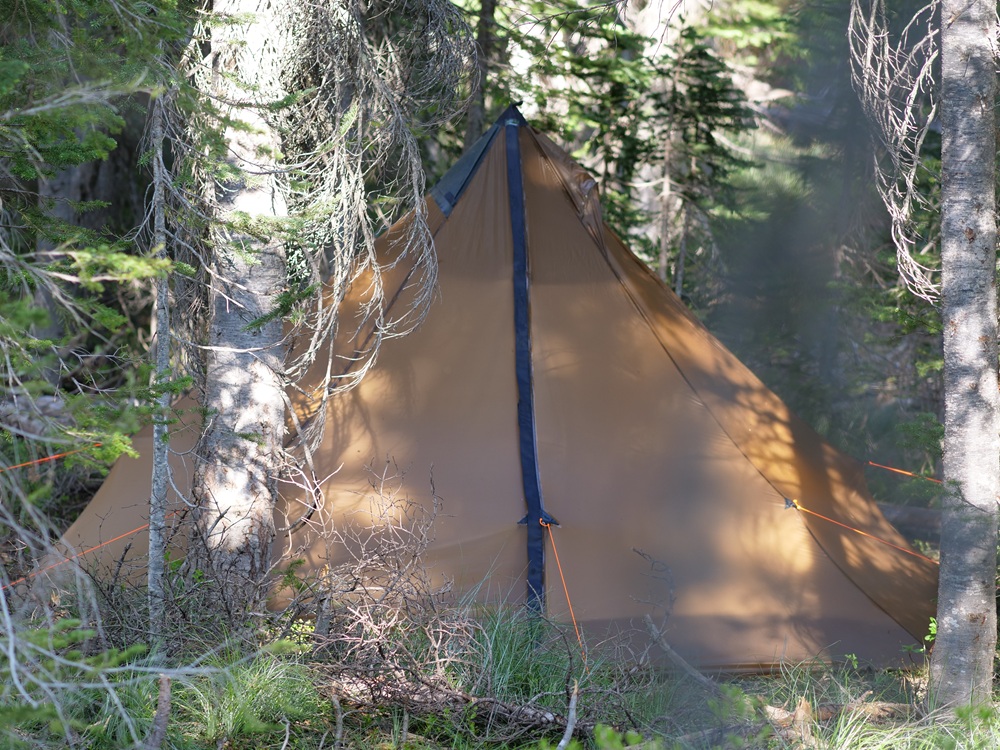
The test Cimarron 2.0 was sent with two half liners, a carbon fiber center pole, 10 standard aluminum “y” stakes, silicone seam sealer, small cordage for the liner, and 50 feet of Atwood cordage for guy-outs. The total weight of this setup is 4.87 pounds with a stove jack.
Redcliff 2.0
- It too has an updated pattern to improve the pitch and minimize wind flap.
- A total of 14 sewn-in guy-out points; an increase from 6 on the original tent.
- Sewn-in accessory loops in the walls for adding an optional half liner or a bathtub floor insert.
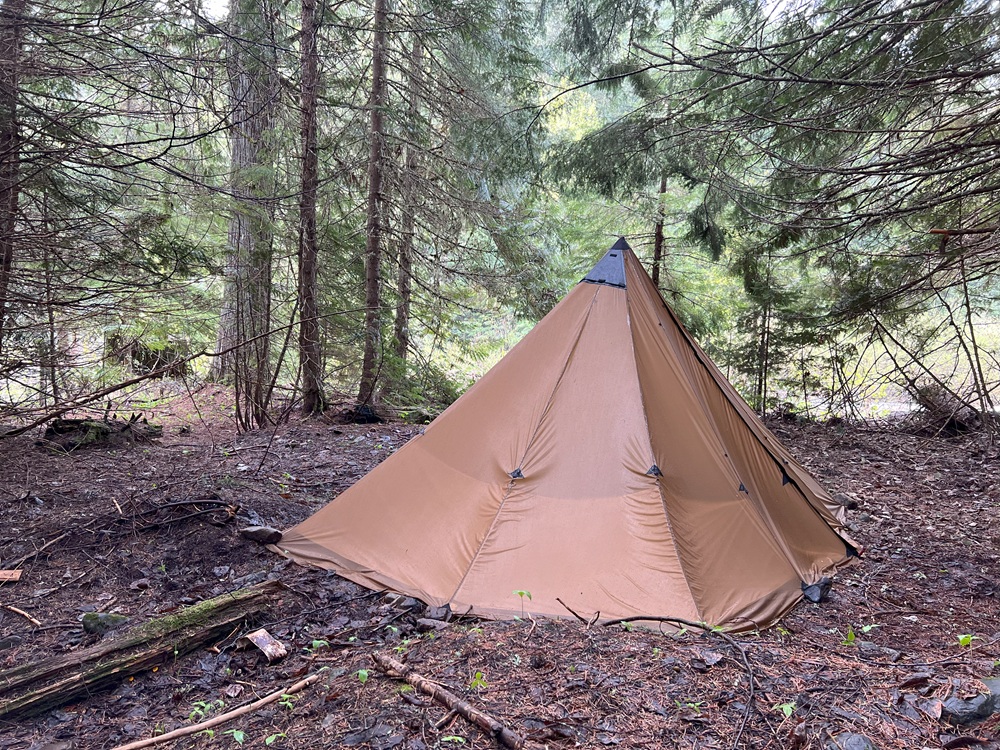
The test Redcliff 2.0 was sent with a 2.0 floor system, a carbon fiber center pole, 6 aluminum “twisted” stakes, 6 standard aluminum “y” stakes, silicone seam sealer, small cordage for the floor attachment, and 50 feet of Atwood cordage for guy outs. The total weight of this setup is 8.52 pounds, including the stove jack.
Pitching the 2.0 shelters is no different from the originals, although the additional guy-out points offer many more options to tension and stabilize the panels around the shelter. Plan on packing additional stakes for this task.
2.0 Updates
Both 2.0 models feature a notable increase in the number of mid-height guy-out points, which enhances stability and reduces noise in windy conditions. Although I have not tested them under snow loads, they are likely to improve shelter tautness when weighed down in the late season. Another benefit is the increased usable interior space. The attachment point is robust and is designed to pull the walls outward, creating a more vertical wall profile and adding interior volume. It is essential to note that the extra stitching at the connection point requires careful application of seam sealant, as these areas can be prone to leaks during heavy rainfall. My initial sealing was hurried, leading to some leaks at a few of these points during my first trip this spring. However, after resealing, the shelter has remained leak-free.
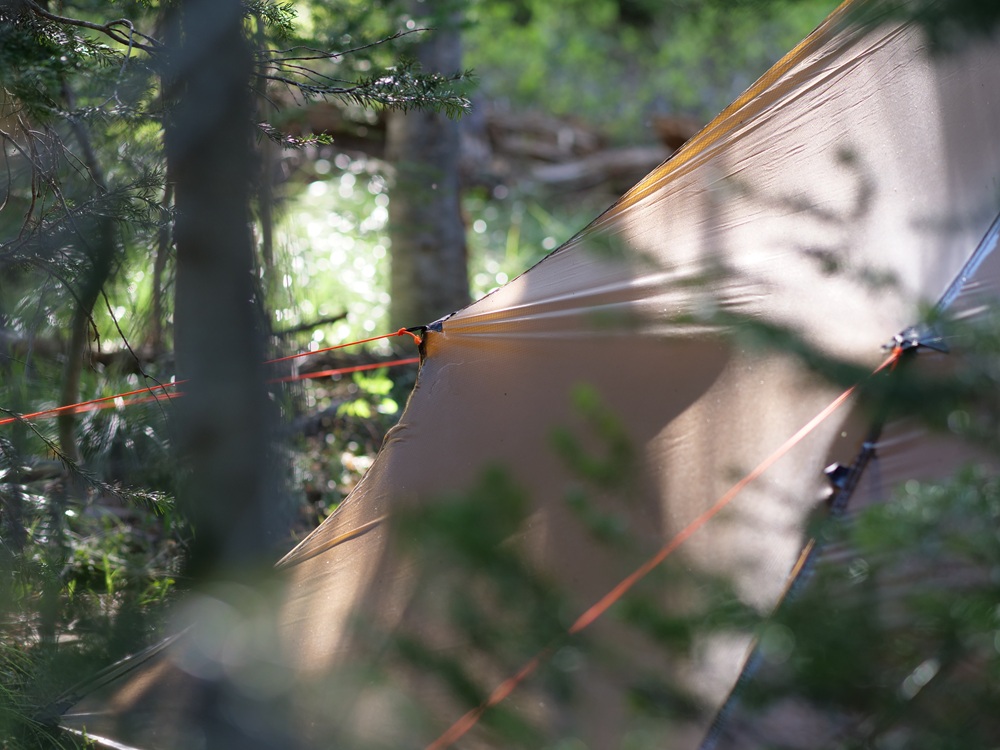
The Redcliff 2.0 and Cimarron 2.0 tents now feature modular accessories specific to each model. I tested the Cimarron with the new full-length liners installed and the Redcliff with the floor/partial liner system.
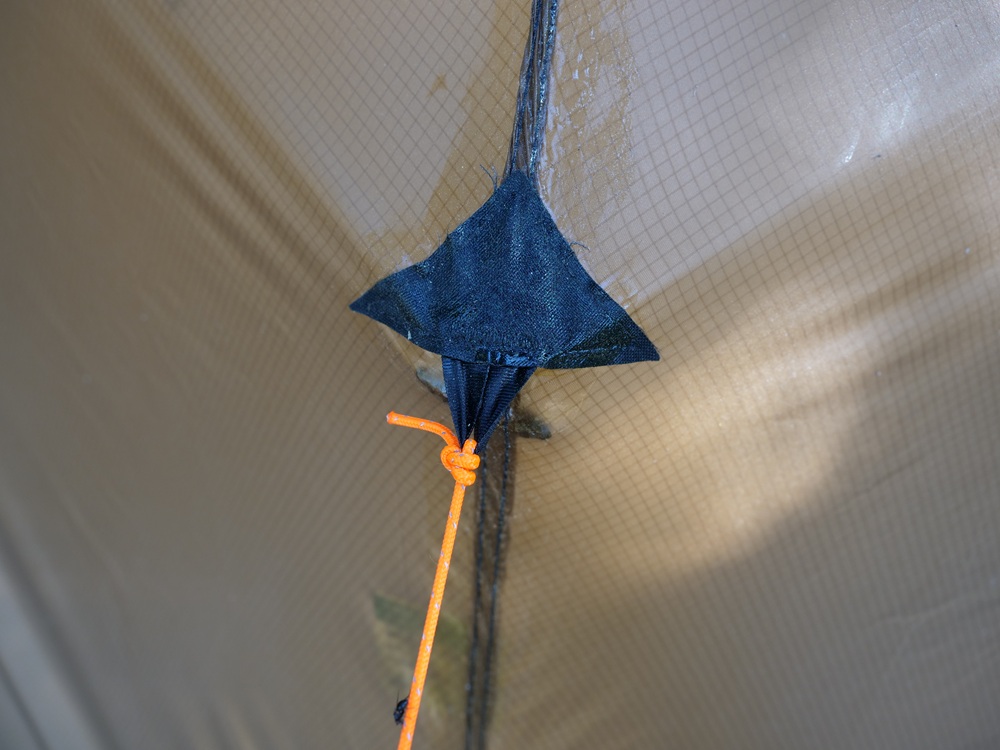
The liners are designed to cover one-half of the shelter on each side of the door openings. The top of each liner attaches to sewn-in loops on the wall panels using small toggles, while the bottom features line locks that slip under the tent edge and over the stakes. Tensioning is straightforward once installed. During testing in heavy rain this spring, I observed that the liners significantly help control condensation and add comfort in wet and cold conditions. Made from 20D ripstop nylon, each liner weighs approximately 10 ounces and can remain in place during packing.
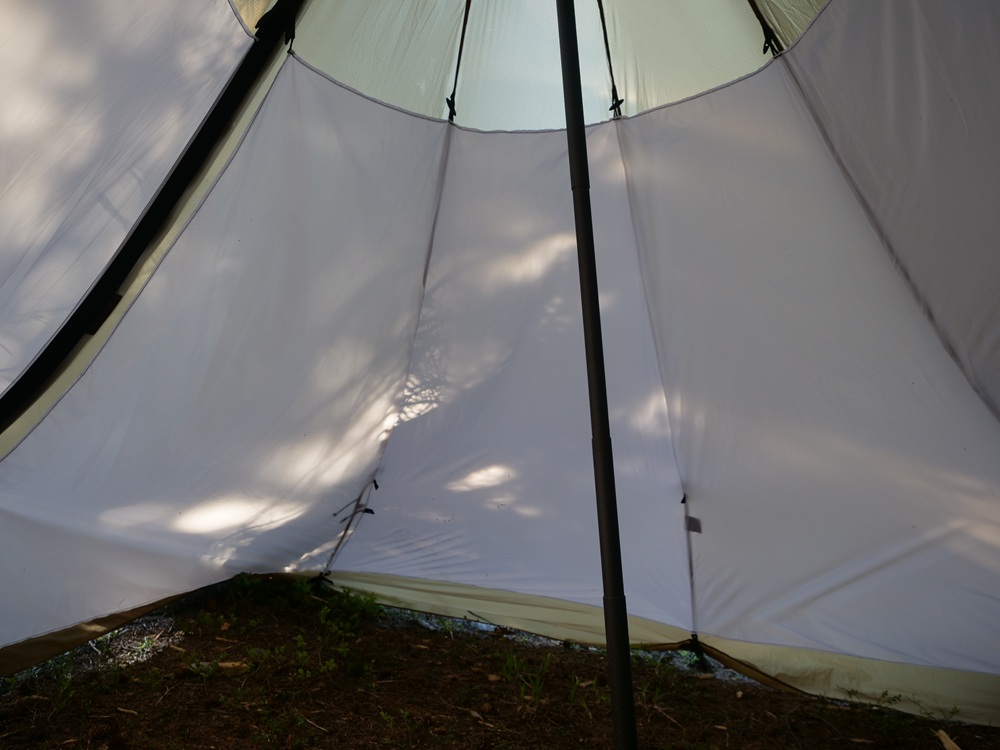
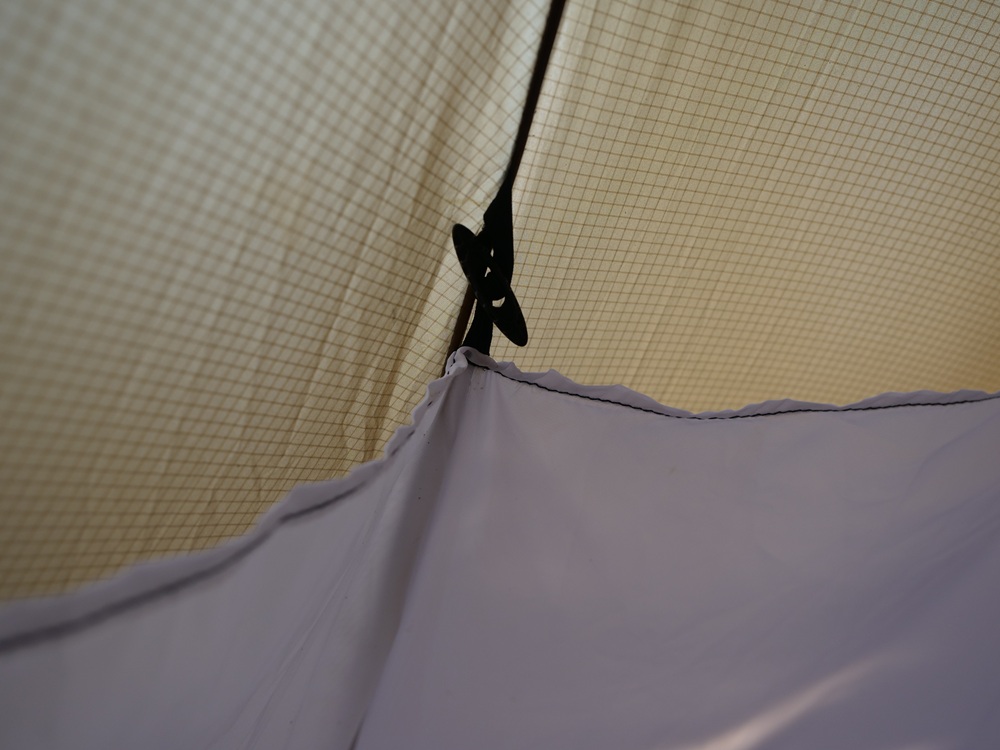
The floor system in the Redcliff features a full floor with partial wall liners, creating a deep bathtub design. The 21-inch-tall wall liners are secured to the interior loops using small cords tied to the loops and tensioned with line locks. Additionally, cords are used to secure the floor over stakes, also tensioned with line locks. While the process is straightforward, it could be improved by replacing the tied connection point with small plastic hooks, which would simplify and speed up the process.
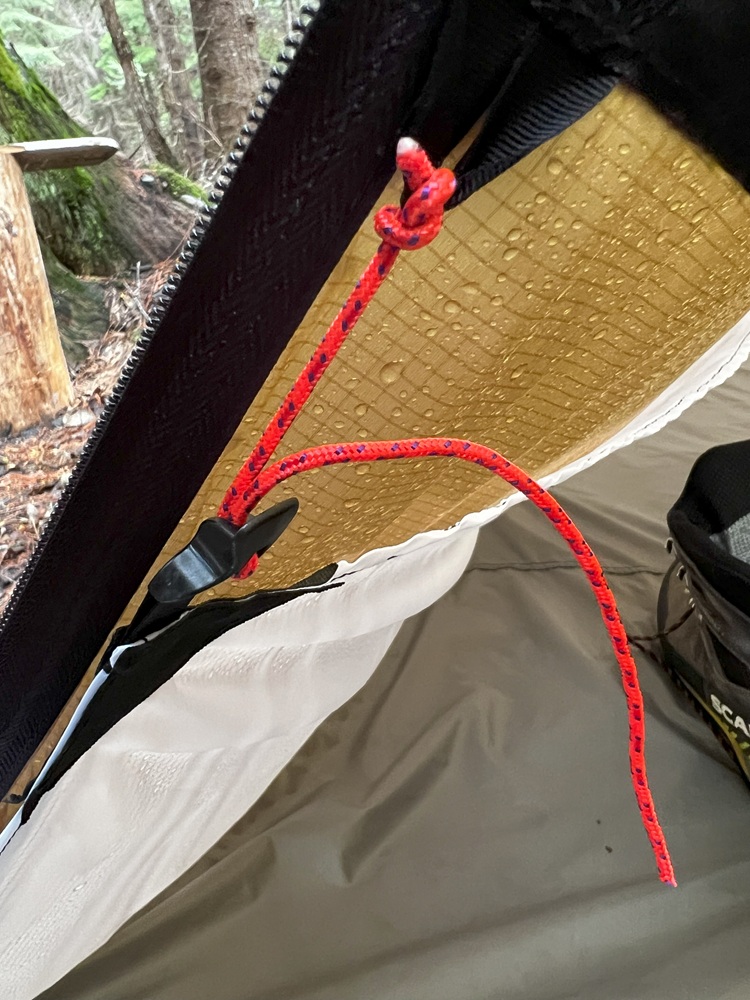
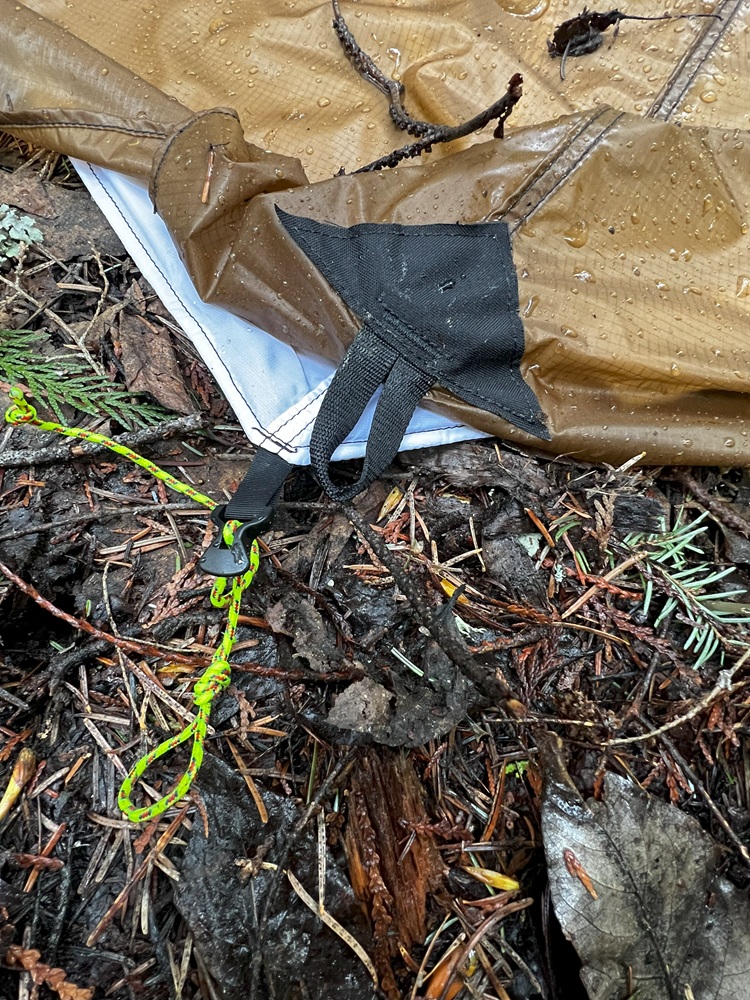
The elevated bathtub-style wall effectively reduces condensation. It minimizes the risk of rubbing gear or sleeping bags against damp surfaces. Additionally, it helps decrease drafts in windy conditions and retains heat. Although a stove was not used on the floor, a fire mat is available to protect it when necessary. The floor is made with a 40D PU-coated nylon for waterproofness and is incredibly durable. The bathtub walls are 20D ripstop nylon and weigh 3.26 pounds.
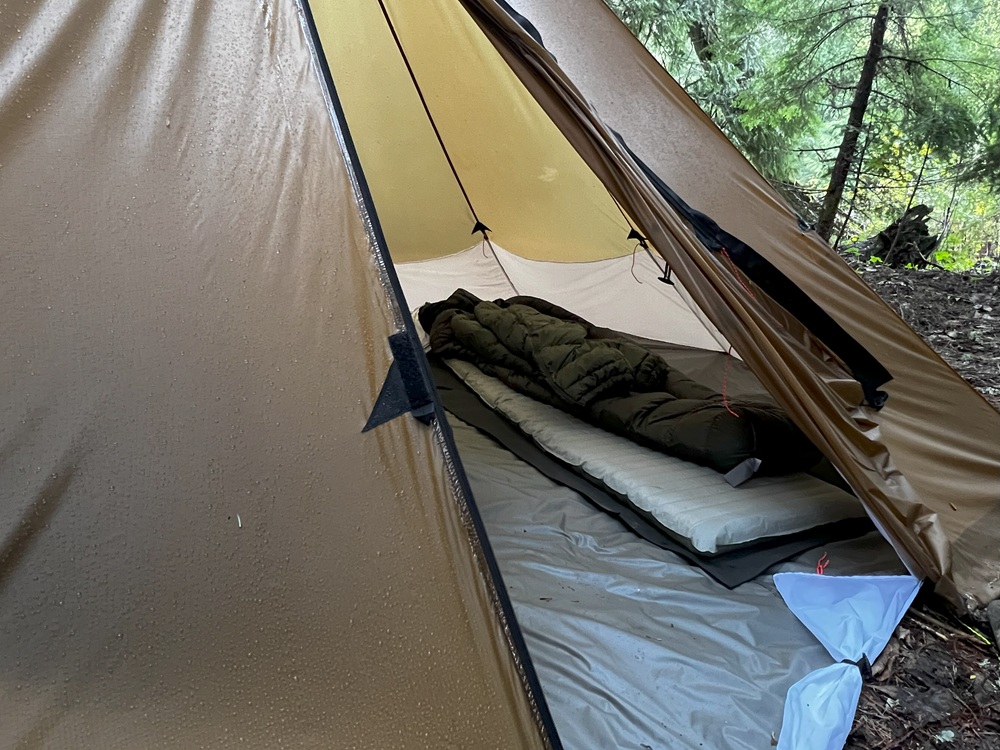
Conclusions and Final Assessment
The upgrades to the 2.0 shelters are well-designed and highly functional. The added guy outs enhance stability in windy conditions and increase usable space along the tent edges. The stitching at each point is robust and durable, though it requires careful sealing to prevent leaks during heavy rains.
The accessories designed for these updated shelters are easily integrated, add comfort, and are versatile. The liners used in the Cimarron helped manage condensation during humid conditions this spring. Additionally, the bathtub floor used in the Redcliff helped with condensation by covering the wet ground and providing extra protection around the interior perimeter walls.
Both shelters are great for backpack hunters. The Cimarron is well-suited for two people with a stove, and the Redcliff is ideal for three and a stove. The accessories can be separated and split among partners, which is recommended for the heavier Redcliff. These upgraded features are a welcome change from the originals and will keep everyone happy and comfortable in the mountains. Available here.
- Cimarron 4P 2.0 with stove jack $485
- Cimarron 2.0 half liner $89
- Redcliff 6P 2.0 with stove jack $829
- Redcliff 2.0 floor system $299
Comment or ask Josh questions here.

